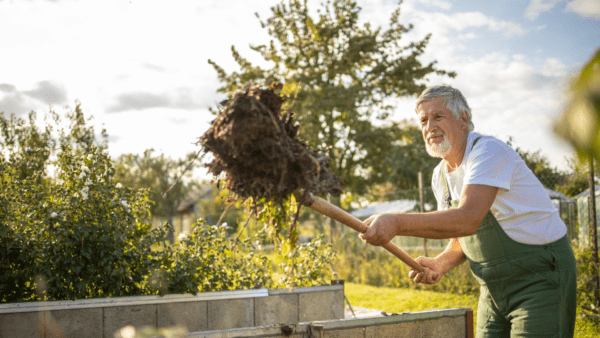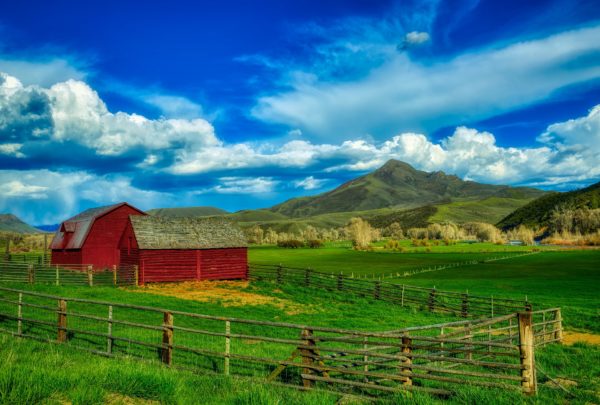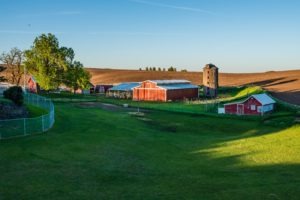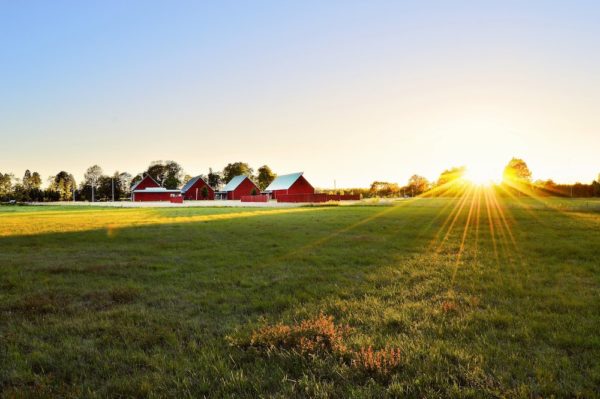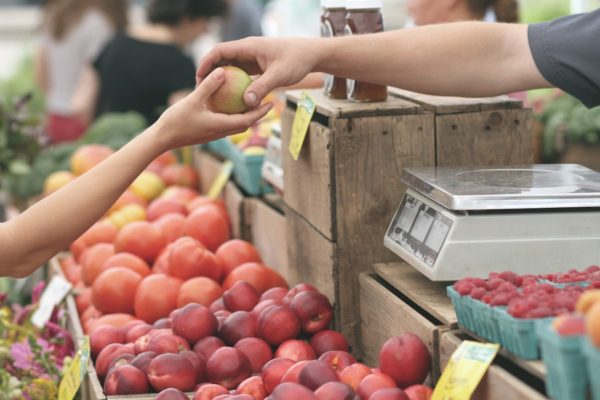Last Updated on January 10, 2023
Sustainable agriculture is becoming more and more important as the world population continues to grow. Let’s dive into the latest sustainable agriculture statistics to see how people are using sustainable solutions to feed the world.
As the world population continues to grow, we need sustainabloe solutions to help prevent starvation and malnutrition in the coming years. It’s predicted that in 2050, the global population will be between 9 and 10 billion people. That’s a lot of people to feed!
According to an article by IBM, there will be a need for 70% more food than we’re producing now by 2050 in order to feed everyone. That’s a huge number, and will need big changes in order to become achievable.
Sustainable agriculture is the production of food by using farming practices that are healthy for people and the environment. These practices include using renewable resources, minimizing waste, and conserving energy.
The US Department of Agriculture defines sustainable agriculture as “an approach to land management that considers the long-term impact of agricultural practices on the environment and natural resources.”
For more than 100 years, the United States has been committed to the development of sustainable agriculture.
In this article, we’ll look at some important news, facts, and statistics about sustainable agriculture in the US.
Types of Sustainable Agriculture Methods
The term sustainable agriculture was coined in the 1940s to identify farming methods that could be maintained indefinitely (i.e., ‘sustainable’). Later, sustainable practices were described as those that “maintain ecological balance and conserve biodiversity while producing an abundance of wholesome food”.
Today, there are 10 sustainable agriculture methods and practices that are used to help achieve these goals. They are:
- Organic Farming
- Permaculture
- Polyculture & Crop Rotation
- Urban Agriculture
- Agroforestry
- Hydroponics
- Biodynamic farming
- Heirloom and older varieties
- Natural pest management
- Natural animal raising
- Manual weed control
US Department of Agriculture To Invests Billions
The Sustainability Alliance had reported in September 2021 that the USDA is going to invest 5 billion dollars “to build more sustainable, resilient, and inclusive food systems”. In the same announcement at the United Nations Food System Summit, the USDA also explained the steps that they’ll be taking to promote sustainable productivity growth and their efforts to lessen food waste in the country.
Trends in Sustainable Agriculture
In the 2017 Census of Agriculture released by the US Department of Agriculture, we learn about the trends in sustainable agriculture in recent times. The census involved nearly 3 million farms and ranches across the country.
Farmer Demographics
Thanks to this census, we learn an interesting fact about the demography of our next-generation farmers who have less than 10 years of experience in farming:
First we learn that in 2017, 27% of all farmers are actually “beginning” farmers. This number rose by 5% if we compared it to 2012. This means that there’s an increasing number of people who are getting into farming and applying sustainable practices in their ways.

- The average age of these next generation farmers are 46.3 years. They are nearly 10 years younger than our more experienced farmers.
- A “beginning” farmer’s farm is typically smaller in acreage and value of production. Most of them are operating and managing 10-50 acres of farm.
- 70% of these “beginning” farmers’ claimed that they were the owners of their farm and its operations. Meanwhile, 11% of them said they were tenants.

Organic and Local Food
There had been a noticeable growth in organic production from 2012 until the Census’ release in 2017. Let’s dive into it:

- There had been 17,741 certified organic farms in 2017. The number of organic farms increased by 39% since the last census in 2012.
- The sales of organic commodities also saw an increase. In fact, it doubled from $3.1 billion in 2012 to $7.3 in 2017. This means more people are consuming organic products in recent times, and it’s expected to grow steadily in the coming years.
- 49% of organic farms in the US made $50,000 or more in 2017. But only 6% of all organic farms are selling directly to consumers, totaling $2.8 billion.
- About 3,273 farms were transitioning acreage into certified organic production in 2017, raising the number by 15% compared to the numbers we got from the previous census report.

Less Water Usage Through Sustainable Practices
The USDA reports that the agricultural industry is responsible for up to 90% of all water usage in the U.S., but through the guidance of sustainable farming practices, farms are able to produce more food using less water – this is key in providing enough food for everyone in the future.
To combat this issue, there is a need for increased efficiency in water usage in sustainable agriculture. The USDA notes that “Water-saving technologies and practices available today include:
- optimizing fertilizer use
- reducing soil loss from erosion by using cover crops or mulching
- minimizing irrigation by using weather forecasting and soil sensors to determine when and how much to irrigate
- drip or sprinkle
- planting drought-resistant crops
- harvesting rainwater
Renewable Energy in Sustainable Agriculture
As sustainable agriculture is also about being both economically and environmentally conscious, more and more farmers are turning towards renewable energy. In fact, farmers have put in 132% more renewable energy sources and technologies in the last five years including solar panels, windmills, and hydro systems.
They were also able to reduce greenhouse gas emissions by 71 MMT. To put this into perspective, that’s the equivalent of 17 million cars being taken off the road.
This just goes to show that when it comes to sustainability, there are many ways for everyone to get involved and make a difference.
Careers in Sustainable Agriculture
If you’re considering a career in sustainable agriculture, there are many different degrees that you can take such as sustainable agriculture, food science, environmental engineering and more.
Check out some of the career paths below:
- Conservation scientists (median annual salary of $63,000) – Protect land, plants, wildlife, and implement sustainable farming practices.
- Agricultural Manager (median annual salary of $71,000) – Oversee all aspects of farming including crop planting, harvesting, irrigation, equipment maintenance etc.
- Agronomist (median annual salary of $71,000) – Also known as a plant scientist, specializes in improving crop yields and soil condition to increase sustainable growth

Sustainable Agriculture Worldwide
According to the World Economic Forum, France is “the most food sustainable country” in the world with a score of 76.1 out of 100. This is because of their tireless efforts in promoting organic farming, reducing food waste, and promoting healthy lifestyles to their citizens.
France is followed by Netherlands, Canada, Finland, and Japan, respectively.
Surprisingly, the United States was not among the top 20 mainly because of an overweight population and diets that are high in sugar, meat, saturated fat, and salt.

Conclusion
As we can see, sustainable agriculture is not only about preserving the environment and reducing agricultural footprints, but also about providing a secure food supply to everyone while making sure we all get our fair share.
Sustainable farming practices have come a long way in a very short period of time. While there is still room for improvement, it’s safe to say that our world will only reap the benefits from these great strides.
Its benefits are seen in the economy, environment, and society as a whole. Farmers are turning to sustainable methods as they become more aware of the importance of sustainable agriculture and farming.
We can only hope that this trend will continue and expand in years to come.


